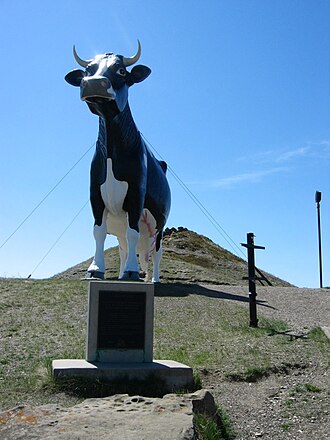| Susiea Temporal range: Late Paleocene [1] | |
|---|---|
| Scientific classification | |
| Kingdom: | Plantae |
| Clade: | Tracheophytes |
| Clade: | Angiosperms |
| Order: | Nymphaeales |
| Family: | Nymphaeaceae |
| Genus: | † Susiea Taylor, DeVore & Pigg [1] |
| Species: | †S. newsalemae |
| Binomial name | |
| †Susiea newsalemae Taylor, DeVore & Pigg [1] | |
Susiea newsalemae was a species of plant, which occurred in the Late Paleocene period of North Dakota, USA. [1] It is monospecific within the genus Susiea.
Contents
- Description
- Generative characteristics
- Taxonomy
- Publication
- Type specimen
- Position within Nymphaeales
- Etymology
- References
